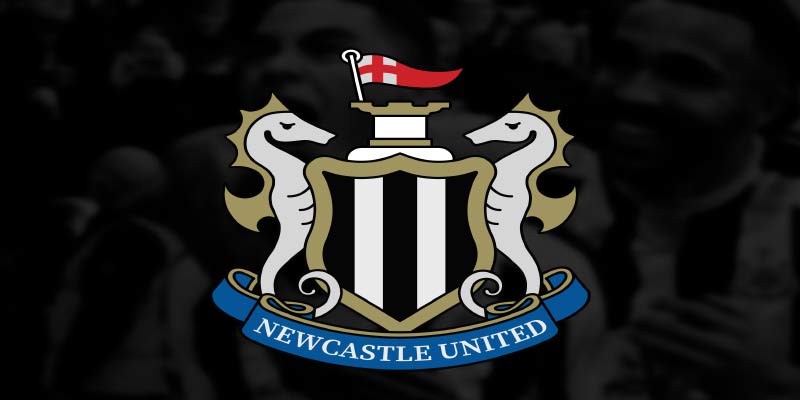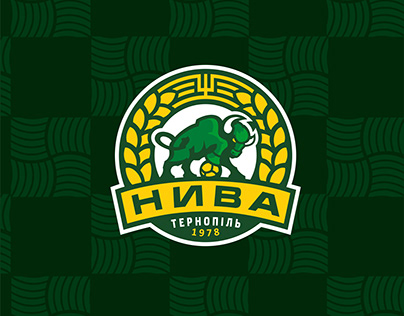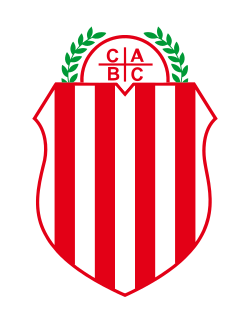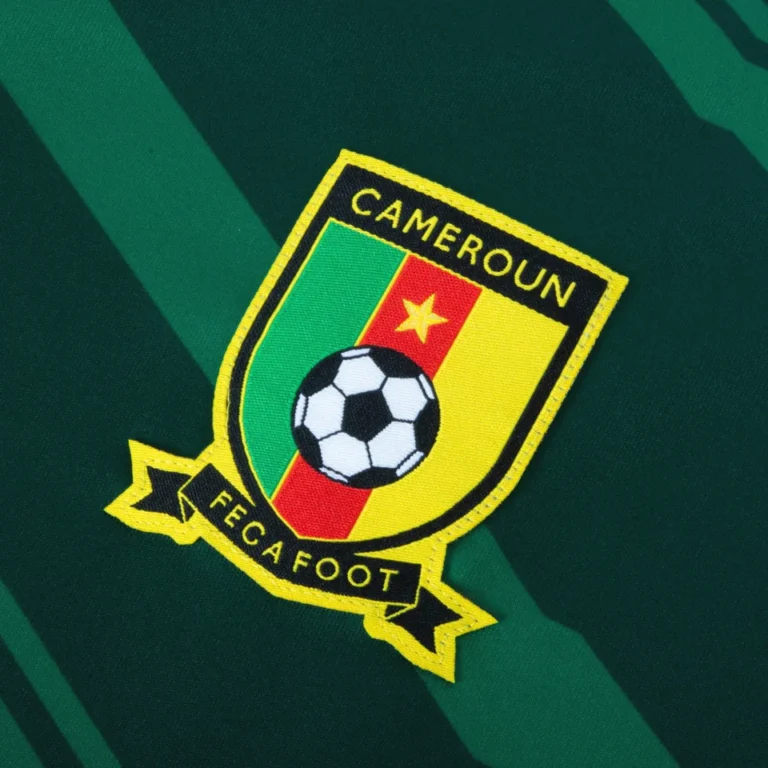
Newcastle United FC: The Rise of the Magpies
Newcastle United FC, one of the most storied clubs in English football, has long been a source of pride for its passionate supporters. Founded in 1892, the club has experienced peaks and valleys throughout its history, but its vibrant culture and unwavering fanbase have never faltered. This article will explore the rise of Newcastle United FC, examining the club’s historical significance, key players, legendary matches, and its current trajectory king88.
The Historical Legacy of Newcastle United FC
The historical legacy of Newcastle United FC is as rich as the city it represents. To fully understand the significance of the club, it’s essential to delve into its origins and the milestones that have defined its journey.
The Formation and Early Years
Newcastle United FC was formed with the merger of two local clubs, Newcastle East End and Newcastle West End, in 1892. The early years were characterized by regional competition and a growing local support base.
The first significant achievement came in the 1903-04 season when the club won its first league title. The victory laid the groundwork for what would become a tradition of excellence on Tyneside. It was during this time that the iconic St. James’ Park began to take shape as not only a home for the club but also a temple of footballing passion.
As the years progressed, the club began to establish itself as a force in English football, culminating in its first FA Cup triumph in 1924. It marked the beginning of a glorious era for Newcastle United FC, with several more titles to follow, solidifying its reputation as a top-tier team.
The Golden Era: 1900s to 1950s
The early to mid-20th century saw Newcastle United FC reach incredible heights. The club secured multiple FA Cup victories and established a fierce rivalry with Sunderland, which is still celebrated today in the Tyne-Wear derby.
This era witnessed the emergence of legendary figures like Hughie Gallacher, who became an icon at the club. His skillful play and charismatic personality endeared him to fans, and he remains one of the club’s all-time greats. Alongside Gallacher, other notable players contributed to the club’s success, creating a strong camaraderie and spirit among the squad.
The introduction of floodlights in the 1950s transformed matchdays, allowing for evening games that drew larger crowds and heightened excitement. The strength of the club during this period was evident, as they claimed their third FA Cup title in just six years.
The Trials and Tribulations of the Late 20th Century
Despite the glory days of the past, Newcastle United FC faced challenges in the latter half of the 20th century. The club struggled with inconsistency, relegation issues, and financial hardships. The departure of key players and a lack of strategic direction led to periods of turbulence that tested the resolve of its loyal supporters.
However, the late 1980s brought a new dawn. Enter Kevin Keegan, who took the helm as manager in 1992. He revitalized the club, emphasizing attacking football and bringing in talented players. Keegan’s bold vision and charismatic leadership quickly captivated fans, leading to a renaissance era that reinvigorated the club’s fortunes.
The Premier League Revolution: A New Chapter for Newcastle United FC
With the inception of the Premier League in 1992, Newcastle United FC found itself at the forefront of a new footballing revolution. This period marked a seismic shift in how football was played, promoting more competitiveness and global interest.
The Keegan Effect: From Second to First
Kevin Keegan’s managerial tenure had an immediate impact on Newcastle United FC’s standing within the Premier League. With an emphasis on attractive, offensive football, the team quickly became known for its entertaining style.
Under his guidance, the Magpies achieved promotion back to the top flight in the 1992-93 season. The following year would prove momentous, as they finished third in the league, showcasing a squad filled with exciting talent including stars like Andy Cole and Peter Beardsley.
But it was the 1995-96 season that solidified Keegan’s legacy. The club surged ahead in the league standings, captivating fans with breathtaking performances. However, a late-season slump allowed Manchester United to claim the title, igniting a fierce competitive edge in English football.
The Arrival of Sir Bobby Robson
Following Keegan’s departure, Sir Bobby Robson took charge in 1999. His arrival brought stability and renewed hope to Newcastle United FC. Robson’s extensive experience and tactical acumen enabled the club to secure consecutive top-five finishes in the Premier League, establishing Newcastle United as a force to be reckoned with once again.
During his tenure, standout players like Alan Shearer emerged as club legends. Shearer, the all-time leading goal scorer in Premier League history, embodied the team’s spirit and determination. His presence on the pitch greatly inspired younger talents and helped foster a winning mentality within the squad.
Robson led the team through significant European campaigns, where they showcased their prowess on international stages. Although silverware eluded them, the legacy left by Robson remains instrumental in shaping the identity of Newcastle United FC.
The Challenges of the 21st Century
The new millennium brought mixed fortunes for Newcastle United FC. While the club enjoyed remarkable moments, such as memorable cup runs and high-profile signings, inconsistencies plagued their league performance.
The managerial merry-go-round and fluctuating ownership created uncertainty, resulting in a failure to build on previous successes. Despite the ups and downs, the ever-passionate fanbase remained steadfast, demonstrating unwavering loyalty even in difficult times.
However, the appointment of Rafael Benitez in 2016 ushered in a renewed sense of optimism. The seasoned tactician guided the club through the complexities of the Premier League, earning respect from both players and supporters alike. Under his stewardship, Newcastle United FC returned to the top-tier, reaffirming their status as a prominent fixture in English football.



